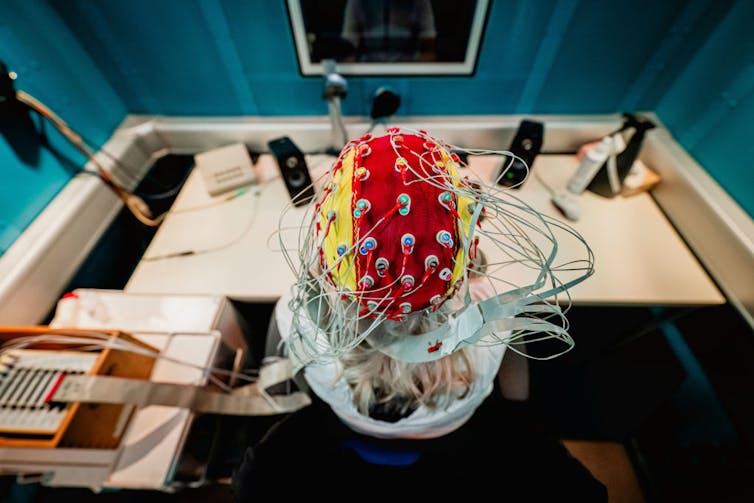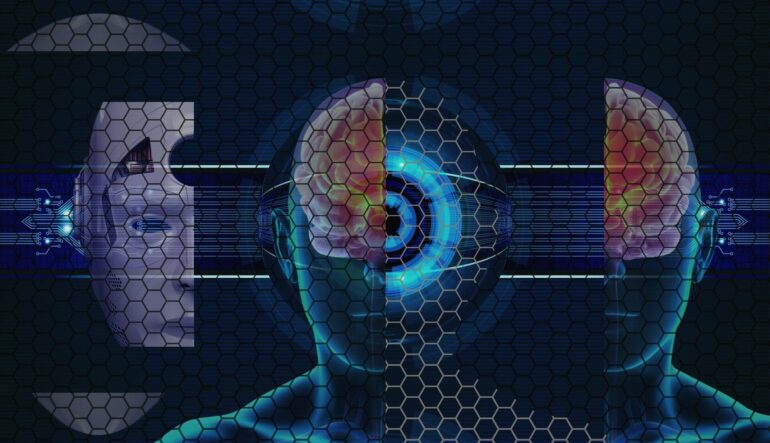Despite all the attention on technologies that reduce the hands-on role of humans at work – such as self-driving vehicles, robot workers, artificial intelligence and so on – researchers in the field of neuroergonomics are using technology to improve how humans perform in their roles at work.
Neuroergonomics is the study of human behavior while carrying out real-world activities, including in the workplace. It involves recording a person’s brain activity in different situations or while completing certain tasks to optimize cognitive performance. For example, neuroergonomics could monitor employees as they learn new material to determine when they have mastered it. It could also help monitor fatigue in employees in roles that require optimum vigilance and determine when they need to be relieved.
Until now, research in neuroergonomics could only be conducted in highly controlled clinical laboratory environments using invasive procedures. But engineering advances now make this work possible in real-world settings with noninvasive, wearable devices. The market for this neurotechnology – defined as any technology that interfaces with the nervous system – is predicted to grow to US$21 billion by 2026 and is poised to shape the daily life of workers for many industries in the years ahead.
But this advance doesn’t come without risk.
In my work as a biomedical engineer and occupational medicine physician, I study how to improve the health, well-being and productivity of workers. Neurotechnology often focuses on how workers could use wearable brain monitoring technologies to improve brain function and performance during tasks. But neuroergonomics could also be used to better understand the human experience at work and adapt tasks and procedures to the person, not the other way around.
Capturing brain activity
The two most commonly used neuroergonomic wearable devices capture brain activity in different ways. Electroencephalography, or EEG, measures changes in electrical activity using electrodes attached to the scalp. Functional near-infrared spectroscopy, or fNIRS, measures changes in metabolic activity. It does this by passing infrared light through the skull to monitor blood flow.
Both methods can monitor brain activity in real time as it responds to different situations, such as a high-pressure work assignment or difficult task. For example, a study using fNIRS to monitor the brain activity of people engaged in a 30-minute sustained attention task saw significant differences in reaction time between the beginning and the end of the task. This can be critical in security- and safety-related roles that require sustained attention, such as air traffic controllers and police officers.

Electroencephalography, or EEG, is one method of collecting brain activity.
Jacob Schröter/picture alliance via Getty Images
Neuroergonomics also studies how brain stimulation could be used to improve brain…



